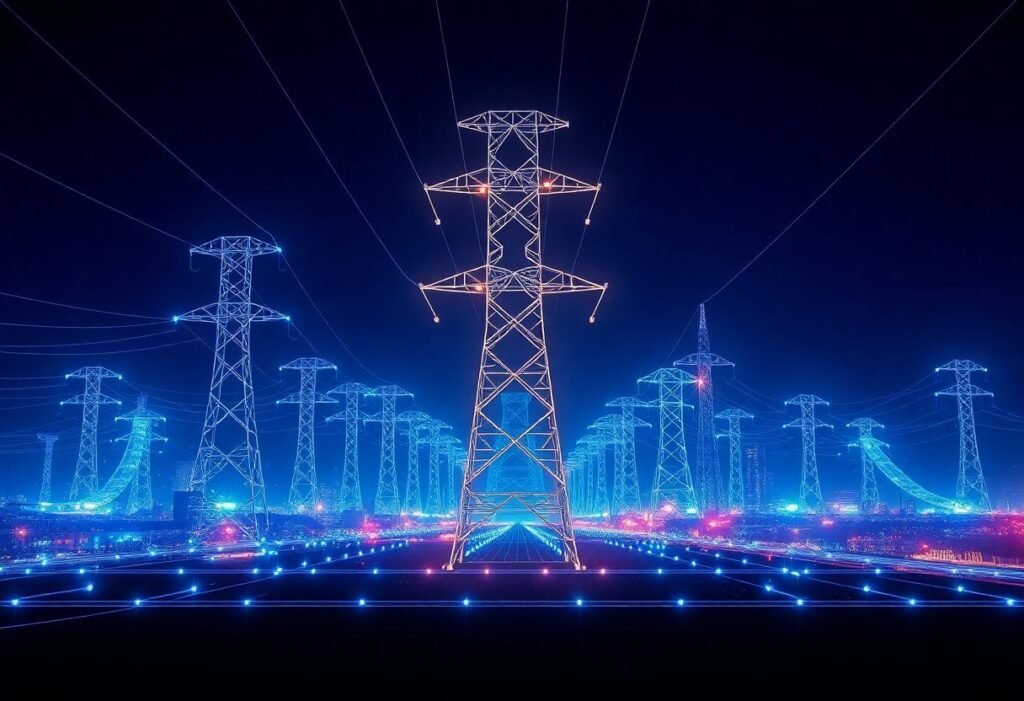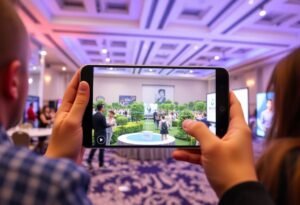The role of the Internet of Things (IoT) in Smart Grid technology is pivotal in shaping the future of energy innovation. By integrating IoT with Smart Grids, we are witnessing a revolution that enhances efficiency, reliability, and sustainability in energy consumption.
The Integration of IoT and Smart Grid Technology
The convergence of IoT technologies with Smart Grid systems is transforming the energy sector. Smart Grids utilize advanced data analytics and connectivity to optimize energy production and distribution. By embedding sensors and smart meters, utilities can monitor consumption in real-time, allowing for immediate adjustments and reducing waste. The extensive data collected enables predictive maintenance, helping to prevent outages and enhancing the customer experience.
Enhancing Energy Efficiency through IoT
IoT technology plays a crucial role in promoting energy efficiency. With smart meters and connected devices, consumers gain insights into their energy usage patterns, enabling them to make informed decisions. By adjusting their consumption behavior based on real-time data, individuals and businesses can significantly reduce their energy bills. Additionally, automated systems can adjust heating, cooling, and lighting according to occupancy, optimizing energy use without sacrificing comfort.
Improving Reliability and Resilience
The combination of IoT and Smart Grid technology significantly increases the reliability of energy systems. By utilizing real-time monitoring, utilities can quickly identify and respond to system failures or anomalies. This proactive approach minimizes downtime and outages, which are vital for both consumer satisfaction and operational efficiency. Furthermore, the resilience of energy grids is enhanced as smart sensors can detect environmental threats such as storms and flooding, providing data to mitigate risks.
Facilitating Renewable Energy Integration
As the world moves towards sustainable energy sources, IoT facilitates the seamless integration of renewable energy into the grid. Smart grids capable of handling variable energy inputs from solar panels and wind turbines can manage production and distribution more effectively. By employing IoT, energy providers can balance supply and demand, ensuring that renewable sources are utilized to their fullest potential while minimizing reliance on fossil fuels.
Empowering Consumers and Stakeholders
IoT technology empowers consumers by providing them with detailed information about their energy usage and costs. This transparency fosters a sense of accountability and inspires customers to engage more actively in their energy consumption. Additionally, businesses benefit from enhanced analytics, allowing them to optimize their operational processes. By understanding energy consumption trends, stakeholders can make better decisions regarding investments and energy management strategies.
Future Prospects for IoT in Smart Grid Technology
The future of IoT in Smart Grid technology is filled with potential innovations that could further revolutionize the energy landscape. From advanced machine learning algorithms that predict energy demand to autonomous energy management systems, the possibilities are expansive. As IoT technology continues to mature, its integration into Smart Grids will play a critical role in driving the global shift towards smarter, cleaner, and more efficient energy solutions.
Disclaimer: This article is for informational purposes only and reflects the author’s opinions and understanding based on current knowledge as of October 2023.





















